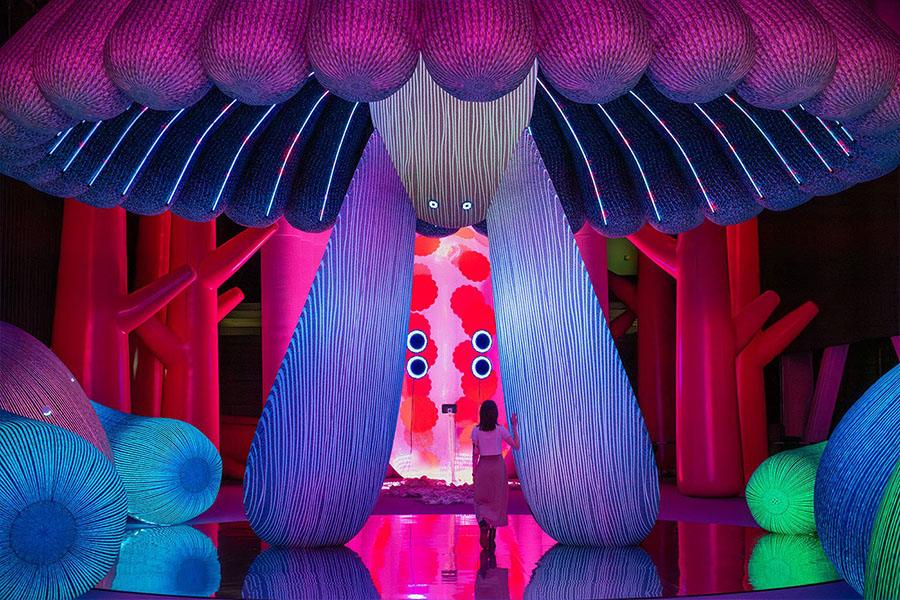What is it that turns an extraordinary experience into an icon? Is it something you can manufacture? Should you even try?
The idea of designing an experience specifically to be iconic might make us feel a little uncomfortable. As experience creators, we’re usually driven by our passion, our belief in how we might impact people, or even because we feel we have little option but to follow our instinct. “Iconic” is a by-product, not an end point.
However, we’d argue that if you produce something iconic, you can create a cultural moment that ripples through people’s crowded psyches and impacts them deeply. And if you’re culturally and commercially successful, it paves the way for future experiments: it becomes easier to both sell tickets and sell ideas to potential clients. Just look at our previous Campfire with Mike Monello, who launched a new kind of experiential marketing agency on the wave of the success of The Blair Witch Project, an iconic in indie filmmaking and beyond.
So for our Season 8 finale, we asked our community to share what they think gives an experience the potential to become iconic. What grants the belief that your work is worth doing – and the hope that it might elevate a culture, stand out, and cross over into legendary status? As we look towards 2024, we hope their answers might help guide your work in the new year and beyond. Here’s to the next chapter of the Experience Revolution.
1. Know That You Can Control The Intent, But Not The Impact
The irony of trying to design something to be iconic is that icon status is something that is granted in retrospect, not advance.
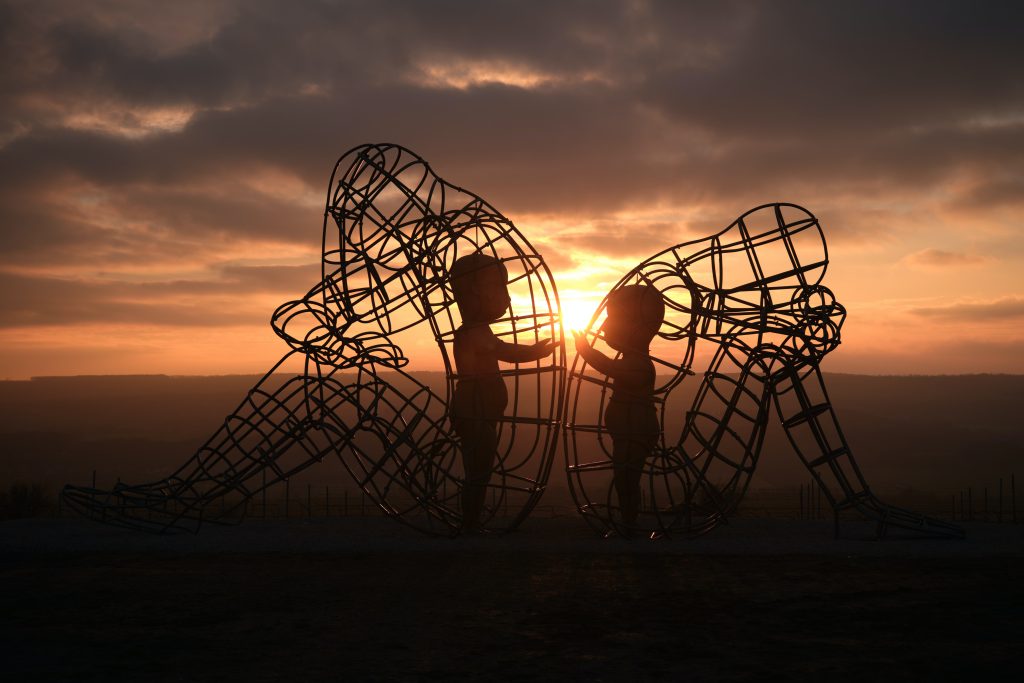
When Heather Gallagher was producing the original Burning Man Festivals over 20 years, she and her team weren’t thinking about being iconic, but were instead invested in the moment. Iconic isn’t defined by the creator, but by the audience – and this may not happen immediately.
For this reason, Eric Alba prefers the word “seminal”:
“‘Iconic’ pops up a lot in briefs. I talk about being ‘seminal’ instead. Iconic is more like a symbol in culture, whereas seminal is objectively agreeing that something furthered the development of something. You can’t control being iconic, just like you can’t control being cancelled. Iconic is a nice to have, but I’d rather do seminal work: things that are pushing things forward.”
Eric Alba
We can control the intent of our work, but not our impact.
“We get to grow a visual ethos that defines who we are and be recognised because of it. We make our DNA manifest, and the audience embraces it – we’re giving them the vocabulary to express how we make them feel. But after that, it no longer belongs to you.
Louise Murray
We have control and are always working on our intent. What we don’t have control over is our impact, as that belongs to the audience. Concentrate on your intent, and timing will decide if it’s the right time or place.”
Or as Anna Mader says, “We all want to leave a beautiful dent on the world, but we’re not the ones holding the hammer.”
2. Design From Passion, Not Ego
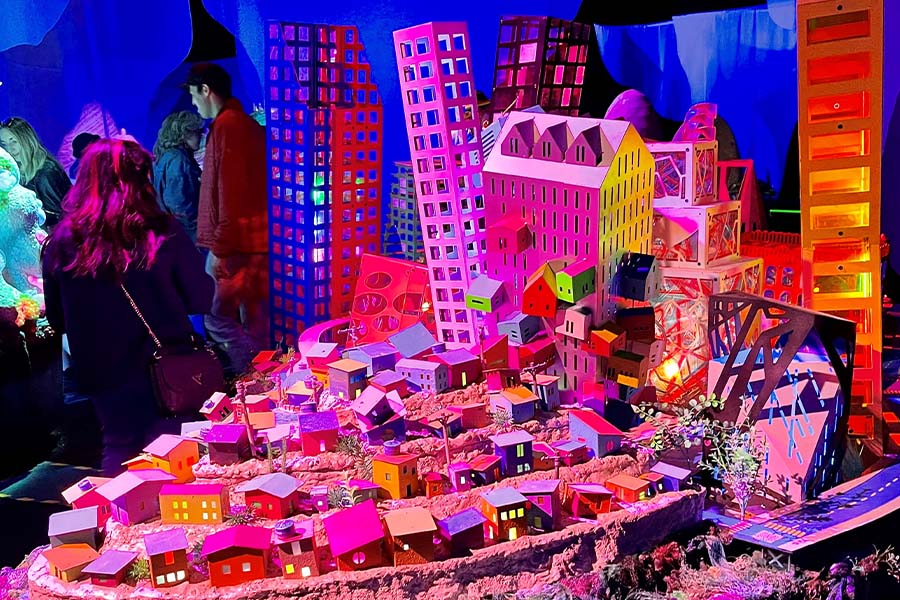
Part of our discomfort around the word “iconic” is that to set out to do this seems ego-driven. If you wanted to build an icon, you might build something undeniably huge in scale or bombastic, like a pyramid or the world’s tallest building. But in experiences, unlike in architecture, it’s moments that make something iconic, not scale.
“If there isn’t passion first, it’s almost craven. If you want to move people, you must create an iconic moment – and that comes as we’re working in a team to create an experience and tell a story. There will be a moment of inspiration that comes from passion, not the desire to do something that people will remember.”
Kile Ozier
It comes back to the idea of authenticity, having belief in your idea, and being just a little bit crazy. Iconic experiences like Meow Wolf and SXSWestworld grew from big dreams and a strong belief in the power of their idea, rather than an assumption that it would become as huge as it did. If you can stay true to your intention and take risks to make it happen, if it’s meant to be an icon, eventually the rest of the world will follow.
“To me, 2024 is for us to be authentic, passionate and create experiences that work not just for our customers, but for ourselves. Staying close to home, focusing on who we are in the world, and creating experiences from the small to the large.”
Adrienne Fritze
3. Get There First & Do It Differently
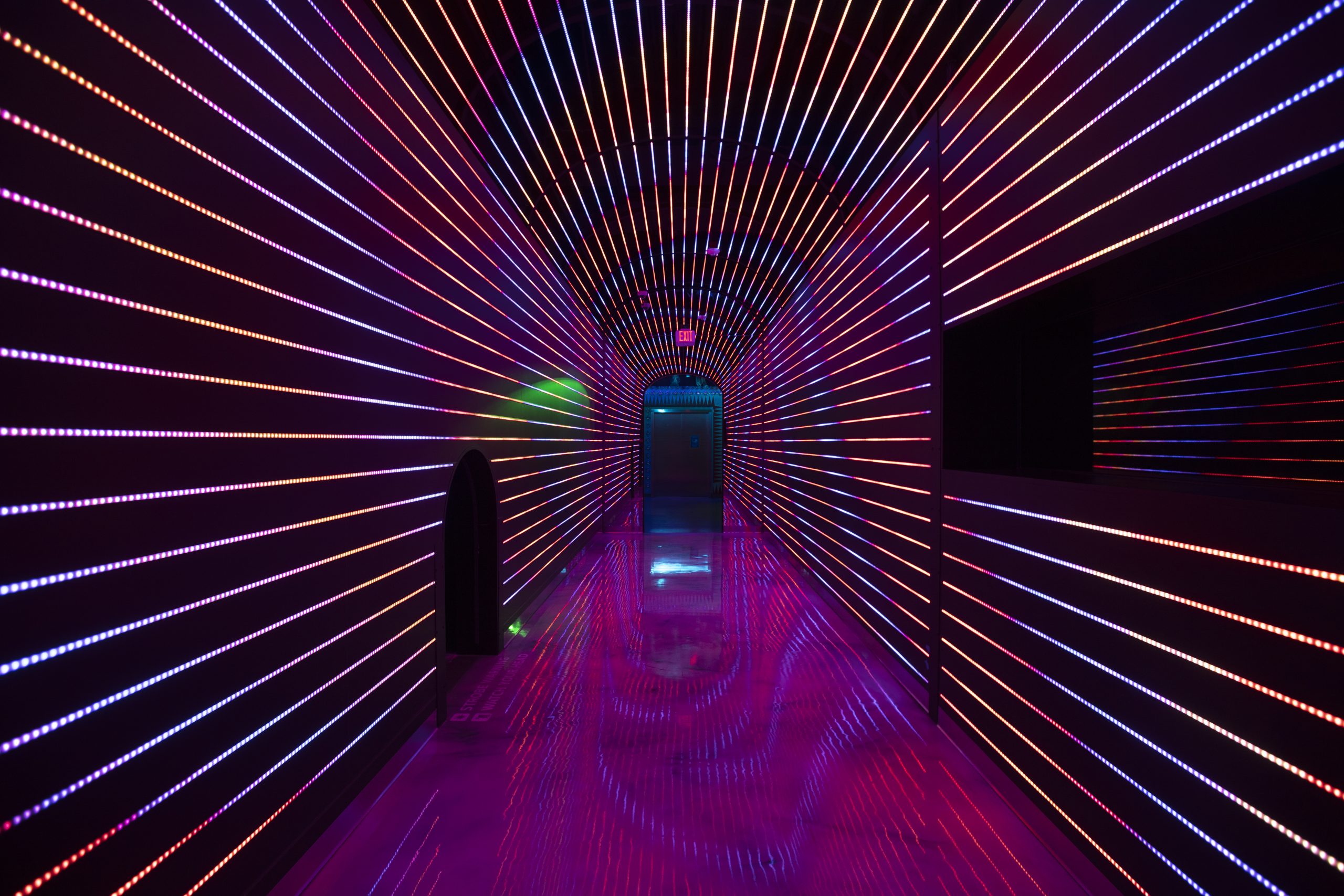
Part of following your passion is being unafraid to zag where others zig. To set out a new archetype, or a different bar. To do something differently, and not just better. As the analyst Michael Mace said when explaining Apple’s success:
“Nokia and Blackberry were skating to where the puck was going to be, and felt nice and fast and in control, while Apple and Google were melting the ice rink and switching the game to water-skiing.”
Michael Mace
There’s huge value in being the first to do something, either in content or in scale. Doing something that’s never been done before is motivating as a creator, but it also means that when your moment comes, you’ll be ready for it. Take Meow Wolf, “the overnight success that took 10 years”: the timing may have been right for society to welcome what they did, but they were also the first to get there.
“Meow Wolf came to be because of timing and because they outpaced everybody else doing it. They were 10 years ahead of everybody else, which came from answering their need to create and was the contagious thing that got Creative Startups to go in and say these people are crazy enough to pull it off.”
Louise Murray
4. Understand The Cultural Context
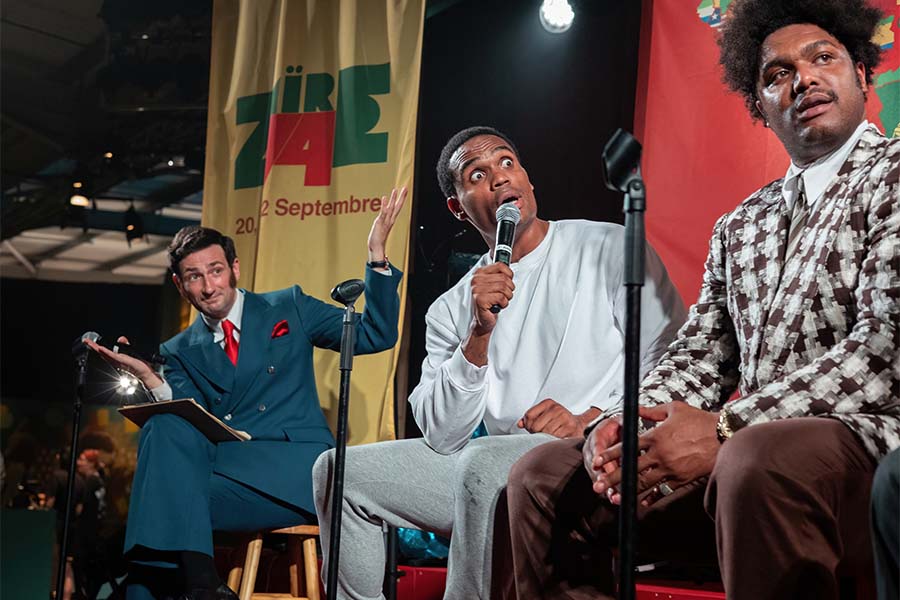
Understanding timing is also about understanding your place in the wider cultural context, as outlined in the book “For The Culture” by Marcus Collins. To influence culture, you need to understand it first.
“You have to be aware of cultural trends and community, and then you can aspire to leave something to that culture. You have to have empathy.”
Shegun Holder
For Puy du Fou, the iconic French theme park, its success was largely built from the fact that it was deeply representative of the area, using unpaid actors who felt it was a badge of honour to represent their culture. Now that it’s expanding to other countries, it will be interesting to see if they will have the same success – can an iconic show that grew organically be manufactured for the masses?
As the demand for inclusive design grows, this represents a huge opportunity to design for underrepresented areas of culture (as long as your intention is authentic). Take Rumble in the Jungle Rematch, the recent immersive London production which took the story of Muhammad Ali and George Foreman’s iconic 1974 clash and retold it for a new audience.
“An experience can create new meaningful symbolism that a subculture crystallizes around and ripples into more awareness…”
Audette Phillips
“A timeless experience can’t be designed from the outset: it depends how well it is strategically nested in the current context with sensitivity and awareness.”
Jasmin Jodry
5. Tap Into Ritual, Myth & Human Universals
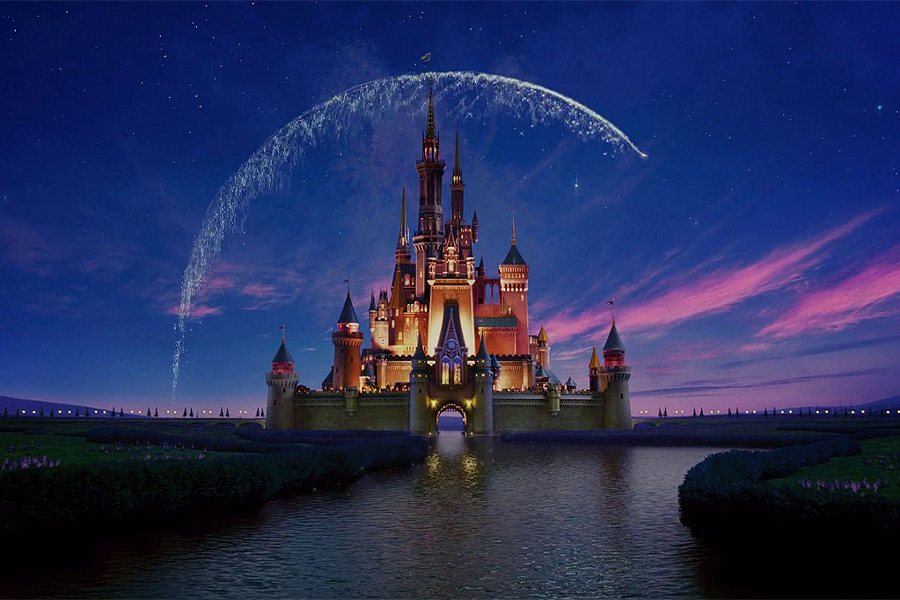
The importance of ritual design is something that’s recurred in this year’s Campfires, from Dr Martha Newson’s work on The 5 Ds of Ritual Design to its resonance in neuroaesthetic experiences. As the work of BJ Fogg and Nir Eyal has explained, it’s hard to create new behaviours and points of view, but you can build on them.
By definition, an icon needs to be ubiquitous, accessible, and transcend language. This is why visual spectacle and symbols can be so powerful: think of Extinction Rebellion’s logo, the golden arches of McDonald’s, the Eiffel Tower, or Disney’s magic castle. By combining spectacle and ritual, we increase the likelihood of crossing over into icon status.
“It needs to be vivid, vibrant and symbolic. When you fold in mythical and ritual elements that have always been meaningful to humans into something with vibrancy and spectacle, you have a formula that has the potential to become iconic. You have flash and excitement to grab their attention, but also deeper human universals that hook you.”
Audette Phillips
6. Don’t Forget About Story
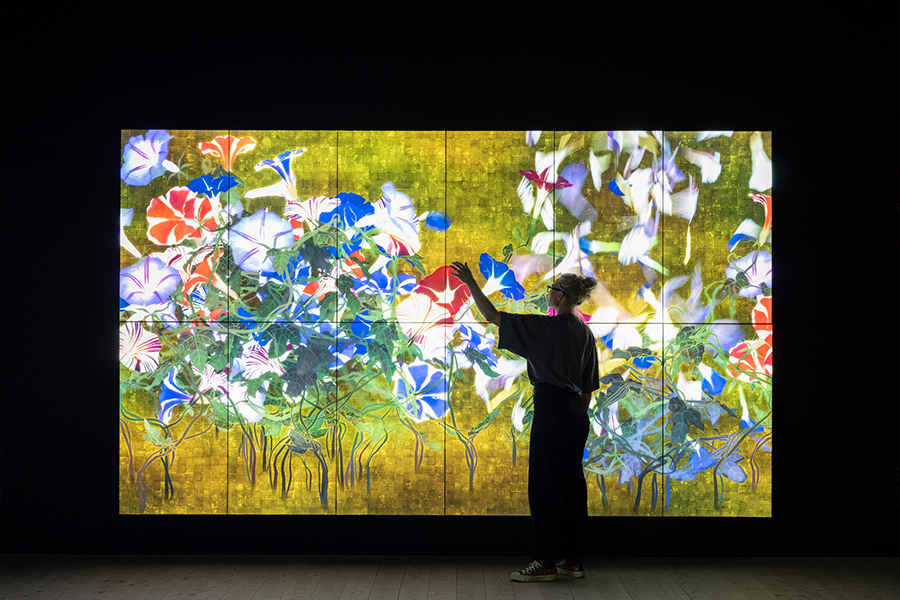
Perhaps the biggest human universal of all is the power of storytelling.
“Just because you’re the biggest and the best, doesn’t mean you’ll be remembered when you’re no longer there. The story and emotion that you put behind those things is what allows people to grab onto it, tell their kids about it, and make it last.”
Ricky Thomas
And as we evolve from storytelling to storydoing, where audiences participate in the story, we need to not only create stories for people to hear, but for people to act on.
“Iconic experiences have a set of criteria that are separate and apart from iconic architecture or iconic personalities. They need to connect with visitors intellectually (head), emotionally (heart) and if possible physically (hands). That’s no guarantee that the experience will be iconic, but it probably won’t be iconic without those ingredients.”
Chris Wilson
7. Give It Sticking Power
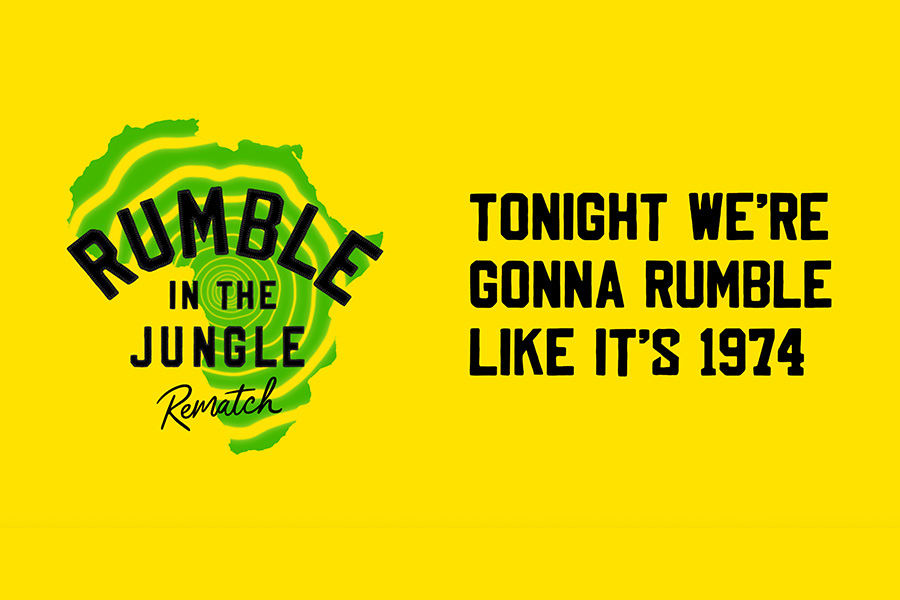
If icon status is usually something that’s granted over time, then you have to try and give your experience space and time to make that impact. Rumble in the Jungle Rematch, for example, just closed after a three-month run. It might have had buckets of authenticity and cultural resonance, but is that enough to earn icon status? Perhaps time will tell.
“An iconic experience transcends time to still have cultural/social influence. It remains relevant and memorable.”
Pigalle Tavakkoli
The WXO Take-Out
Guaranteeing icon status might be impossible, as whether it gets called iconic ultimately lies in the hands of the audience, not the creator. And we might want to be other things other than iconic, which can imply a kind of stagnance:
“An aspect of iconic is that it freezes a feeling/concept/idea to a singular thing. I would rather infuse a transformative experience in our participants than have an experience be frozen forever in one version.”
Adrienne Fritze
However, designing for the ingredients that might lead to icon status – cultural relevance, story, passion, ritual, originality, bravery – seems to us like no bad thing. And as we look into 2024 and beyond, we look forward to tracking which experiences are showing early signs of becoming icons.
So next time you’re designing an experience, ask yourself:
- What are the key ingredients of iconic experiences?
- How might you design one of the year’s iconic experiences?
- What 2024 experience trends might inform the icons of the future?
Want to come to live Campfires and join fellow expert experience creators from 39+ different countries as we lead the Experience Revolution forward? Find out more here.

